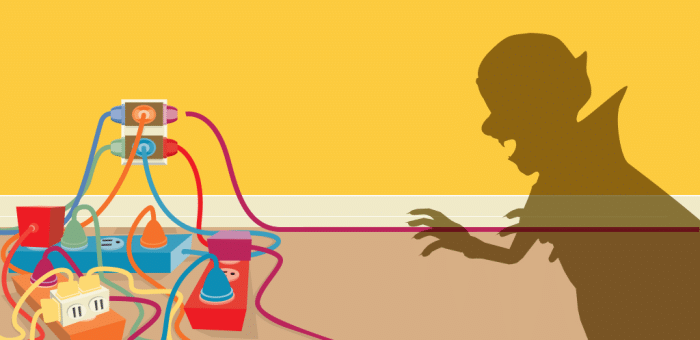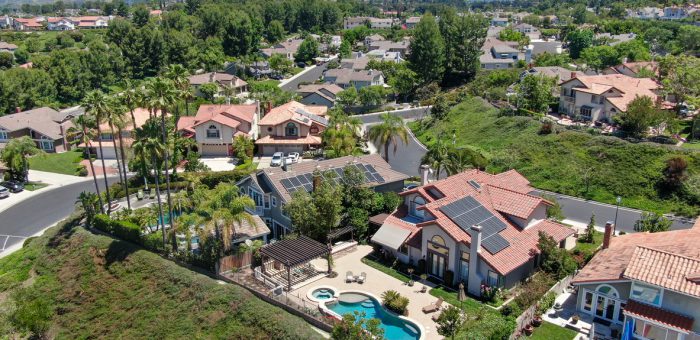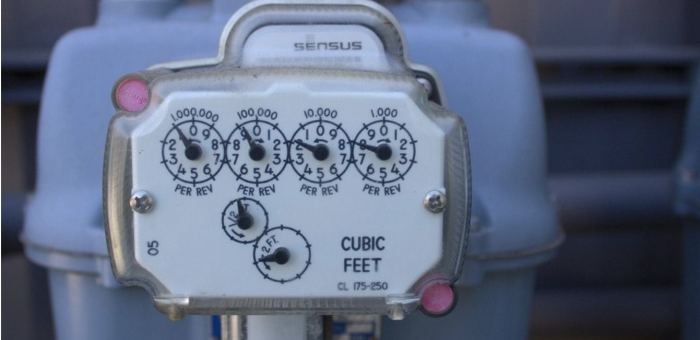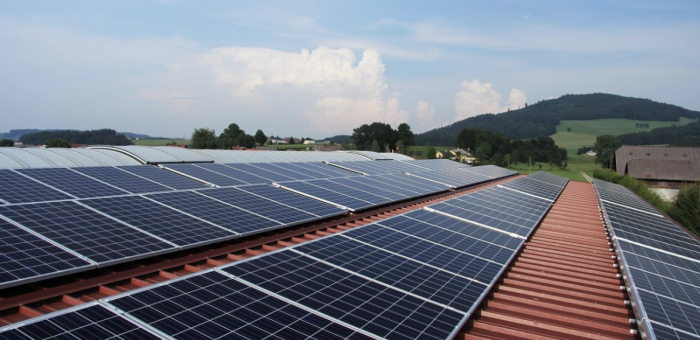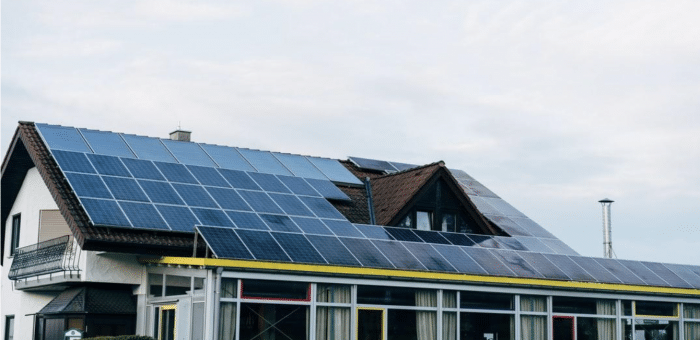Too often, people only think about electricity in terms of how much they’re paying each month. While the impacts on your budget are important, energy efficiency also matters when it comes to saving our planet. What may seem like a small gesture, like changing incandescent bulbs in your home for energy efficient light bulbs, can have a collective positive impact on our environment.
That is why countries in the European Union have insisted on encouraging citizens to purchase energy efficient light bulb options. Here in the U.S., we can follow a similar path by moving toward bulbs that cut down on overall energy usage.
What Should You Consider When Purchasing Energy Efficient Light Bulbs?
There are a few points to think about before going out and purchasing the first pack of energy efficient bulbs you see on the shelves.
Energy Consumption and Energy Savings
One thing to keep in mind is the upfront costs of switching to energy saving light bulbs versus the overall savings. LED bulbs may cost more in the store, though prices have reduced and are closer to traditional bulbs in recent years. However, they save you more money as time passes. For example, a 60-watt incandescent bulb can add about $7 per year to your energy bill when used for three hours per day.
Compare that to using a replacement LED. It emits the same amount of light, uses a maximum of 12 watts, and only costs you $1 per year. When you consider the number of 60-watt bulbs around your home, those savings start adding up. Energy-efficient light bulbs become less expensive the longer you have them in use. That can lower your overall energy bills, when combined with the money you save by choosing an electricity plan base on you lifestyle and needs.
LED Technology
If you’re looking into buying light-emitting diode (LED) bulbs, keep in mind that the wattage works differently. For example, a 12-watt LED bulb emits the same brightness level as a 60-watt incandescent bulb. You should be using the lumen (lm) marker when shopping for LED bulbs. The equivalent of a 60-watt incandescent bulb would be a 12-watt bulb that emits 800 lm. You get the same level of brightness while using a lot less power.
Bulb Life
LED bulbs work differently than other type of bulbs. They use solid matter to produce light versus gases or filaments. The material, called a diode, usually consists of a sustance called aluminum-gallium-arsenide (AIGaAs), making it easy for the electricity to pass through. Electricity moving through the diode emits photons that produce light.
What makes LED bulbs so energy efficient is that 95 percent of the energy used gets turned into light, which helps them last longer. Some LED bulbs are capable of lasting up to 50,000 hours. That means you could go for up to 10 years without having to replace them. Imagine how much money you could save over that period by not having to constantly purchase new bulbs for your home?
Lighting Options
LED, halogen, and compact fluorescent light (CFL) are the primary energy-saving light bulb options. LED bulbs lead the way by using the least wattage of the three. An LED bulb needs only 12 watts to match the light provided by a 60-watt incandescent version. In comparison, a halogen bulb would use 42 watts, while a CFL bulb would use 15 watts.
You get a more immediate impact with LED and halogen bulbs when it comes to brightness. It takes CFL bulbs longer to hit their full brightness. In addition, you might experience some flickering with CFL bulbs even after they’re fully lit. If you have a dimmer switch, ensure that any energy efficient bulb purchased is compatible with your device.
BC Hydro notes that halogen costs can amount up to $4.32 per bulb. That drops to $1.34 for a CFL bulb and around $1 for an LED bulb. You should look at your lighting needs and compare how much you can save with each option.
The Best Bulbs to Reduce Energy Costs
Now that we have a clearer understanding of the energy saving light bulbs available, let’s look at some options you might consider for your home.
Efficient LED Bulb
Based on what we’ve seen, LED bulbs are the most energy efficient bulb option available. They use the least wattage and provide you with the most overall savings. You can find LED bulbs designed to fit everything from floor lamps to recessed lighting fixtures.
They come in versions capable of replacing up to 75-watt bulbs. Keep in mind that a higher lumen number means more brightness, when you start looking at LED bulbs options.
LED bulbs typically come with three different base types. Edison LED bulbs are screw-in bulbs that are compatible with most household lights. They’re identified by an E label followed by a numbering that tells you the width of the base.
Bi-pin LED bulbs have pins in the base and are typically used in automotive, puck, and landscape lighting. These bulbs are identified by a G label followed by a number telling you the amount of space between the pins.
Bayonet LED bulbs are identified by notches located on the side of the base that locks the bulb into place. These twist and lock bulbs are more common in the UK, though it is possible to find them stateside. Bayonet bulbs are smaller and range from five watts to 40 watts.
Halogen Incandescent Bulb
Halogen light bulbs were the first type of energy efficient light bulbs developed. They’ve been around since the 1950s. Halogen bulbs work in a similar manner as incandescent bulbs but have a longer lifespan. The gas contained within halogen bulbs is held at high pressure, making them smaller. In addition, halogen bulbs can get hotter than traditional bulbs, which helps them produce more light per electricity unit. They also start instantly without needing to warm up.
While LED bulbs offer you the most efficiency, you get more brightness with halogen bulbs. In addition, you still get more energy savings than you would with standard incandescent bulbs. Halogen bulbs can last up to 1 year when used for around three hours per day.
Compact Fluorescent Lamp
CFLs are smaller versions of standard fluorescent lights. They produce a higher quality of light, making them comparable to traditional incandescent bulbs. The difference between the two is that CFLs are much more energy efficient. It’s possible to replace a 100-watt conventional bulb with a 22-watt CFL bulb, indicating that CFL bulbs use up to 80% less energy. Because they last longer, CFL bulbs provide more cost savings in the long run.
The Argument for Energy Efficient Lighting
Making the switch to energy efficient light bulbs can lower CO2 emissions because they use less energy. Check out the packaging on energy saving bulbs to get a rundown of their benefits, including the level of lightness and wattage used. When deciding amongst different bulb types, think about where you’ll place them around your home.
LED bulbs are good for porch lights or to fill other outdoor lighting needs. They consume less energy than halogen bulbs, that is, you can let them run longer without worrying about heavy impacts on your electricity bill. In addition, you won’t have to worry about replacing them as often as you would incandescent bulbs.
There’s a lot homeowners can do to become more energy efficient while saving money. A great way to cut back on your energy costs is to ensure you get the best power rates.
More From the Power Wizard Blog
-
Affordable Electric Bill: Power Wizard’s Promise of Protection
Sarah, a proud Texan, knows that everything is bigger in Texas – including the choices when it comes to electricity providers. She’s no stranger to the complexities of deregulated energy markets. With a bustling household, she juggles work, family, and keeping the lights on. But there’s one thing Sarah doesn’t want to juggle: her electric bill. […]
View Article -
Vampire Energy: How Phantom Power Drains Your Wallet and the Environment
Imagine your home filled with silent energy sippers, lurking in the shadows, unnoticed yet constantly draining power and your wallet. Vampire energy, or phantom load, refers to the electricity electronic devices consume, even when turned off or in standby mode. These energy vampires are prevalent in every household and workplace, from the charger left plugged […]
View Article -
The Top Sources of Carbon Emissions in the U.S.
Climate change due to rising global temperature seriously threatens the natural ecosystem. It can result in erratic weather featuring intense drought, heat waves, melting ice caps, warming oceans, and increased storms when left unchecked. As the impact of climate change worsens, the risk of biodiversity loss and human extinction gets bigger. Table of Contents What […]
View Article -
California Solar Tax Credit & Incentives for Residential Rooftop Solar
Are you considering investing in residential solar panels in California? You’re not the only one. Research shows that California was ranked number one out of 50 states in 2022 for solar power generation, with more than 11 million homes powered by the sun. A major reason why solar power is popular statewide is that prices have dropped […]
View Article -
What Should You Include in an Energy Efficiency Audit?
Rising energy costs mean higher electricity bills, and for the average homeowner or business, a little savings each month can add up to extra cash at the end of the year. If you’re looking for ways to reduce your home’s energy consumption, performing a home energy audit is a great place to start. Table of […]
View Article -
How to clean your solar panels
Click on a section to skip directly to it: Why is it important to clean your solar panels?Solar panel cleaning: a step-by-step breakdownMake sure you’re saving the most on your monthly energy bill Have you considered installing a renewable energy source at your home? Power Wizard recommends trying solar energy, which accounts for 3% of […]
View Article -
How to Reduce Your Carbon Emissions
Click on a section to skip directly to it: Why is it necessary to lower carbon emissions?Steps to take to minimize your carbon emissionsReduce your carbon emissions with carbon offsets Carbon emissions refer to the measure of the impact of human activities on global warming and climate change. Every person on the planet contributes, directly […]
View Article -
Solar Energy Credits: Everything You Need to Know
Solar panels are a great way to save money. They are energy efficient and reduce the impact of electricity production on the environment. You can get them installed on the roof of your house to reduce your reliance on the electric grid. Once installed, solar panels help passively produce energy from the sunlight — as […]
View Article

